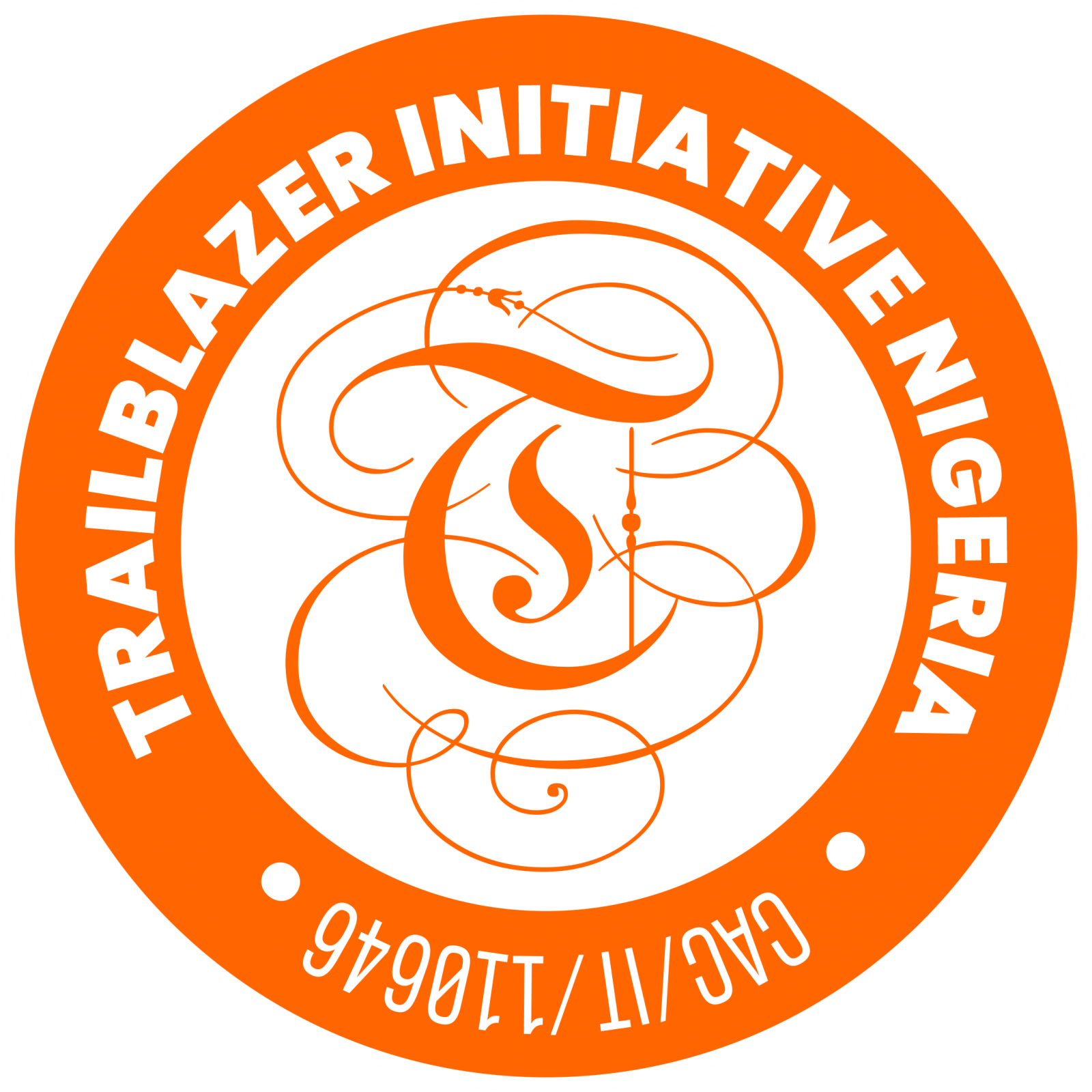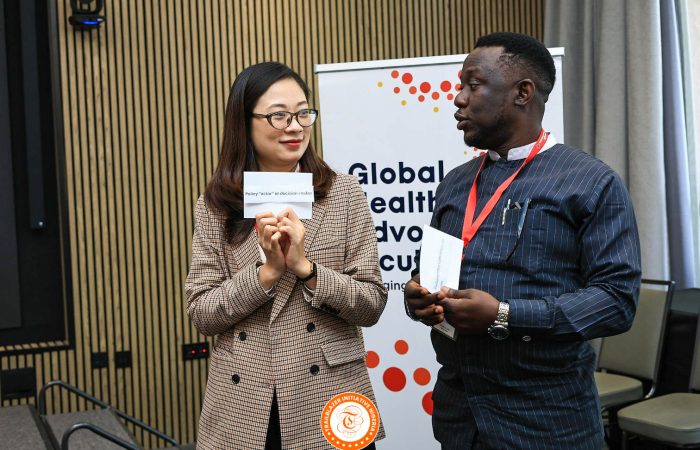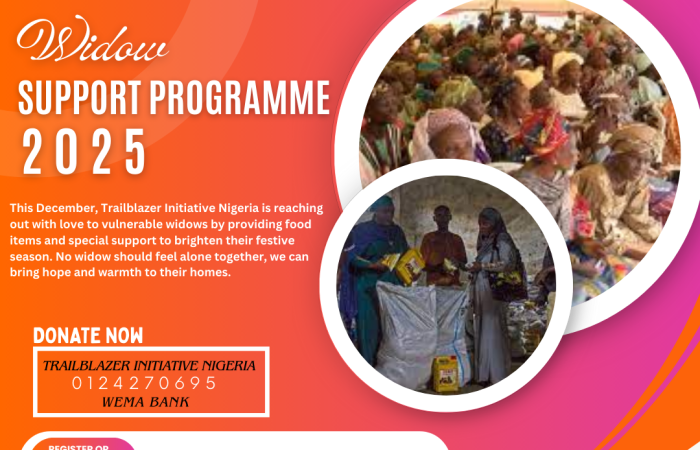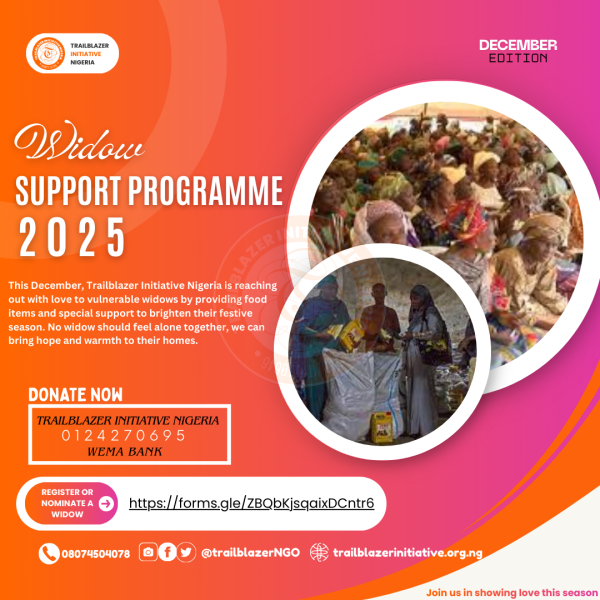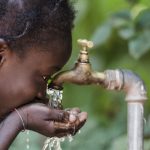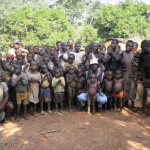 Maternal and child mortality are critical public health issues, particularly in low- and middle-income countries. Despite global efforts and significant progress, the rates of maternal and child deaths remain high. Addressing these issues requires a multifaceted approach that includes healthcare improvements, education, and community engagement. This blog post explores practical strategies to reduce maternal and child mortality, ensuring healthier futures for mothers and children.
Maternal and child mortality are critical public health issues, particularly in low- and middle-income countries. Despite global efforts and significant progress, the rates of maternal and child deaths remain high. Addressing these issues requires a multifaceted approach that includes healthcare improvements, education, and community engagement. This blog post explores practical strategies to reduce maternal and child mortality, ensuring healthier futures for mothers and children.
Understanding the Issue
Maternal mortality refers to the death of a woman during pregnancy, childbirth, or within 42 days of delivery. Child mortality, on the other hand, refers to the death of children under the age of five. The leading causes of maternal deaths include severe bleeding, infections, high blood pressure during pregnancy, complications from delivery, and unsafe abortions. For children, the main causes are preterm birth complications, pneumonia, birth asphyxia, diarrhea, and malaria.
Key Strategies to Reduce Maternal and Child Mortality
- Improving Access to Quality Healthcare
- Prenatal and Postnatal Care: Regular check-ups during and after pregnancy are crucial. These visits help detect and manage potential complications early.
- Skilled Birth Attendants: Ensuring that births are attended by trained healthcare professionals can significantly reduce the risk of complications.
- Emergency Obstetric Care: Access to facilities that can handle obstetric emergencies is vital. This includes the availability of surgical interventions like cesarean sections when needed.
- Enhancing Nutrition
- Maternal Nutrition: Adequate nutrition during pregnancy is essential for the health of both the mother and the baby. Programs that provide nutritional supplements and education can help improve maternal nutrition.
- Child Nutrition: Promoting breastfeeding, providing micronutrient supplements, and ensuring access to nutritious foods can reduce child mortality from malnutrition-related causes.
- Vaccination Programs
- Immunization: Vaccinating children against common and preventable diseases such as measles, polio, and whooping cough can drastically reduce child mortality rates.
- Education and Empowerment
- Maternal Education: Educating women about reproductive health, pregnancy, childbirth, and child care can empower them to make informed decisions and seek necessary healthcare.
- Community Health Education: Community-wide educational programs can help raise awareness about the importance of maternal and child health and the need for timely medical intervention.
- Family Planning Services
- Contraceptive Access: Providing access to contraceptives can help prevent unintended pregnancies and allow women to space births, which is beneficial for the health of both mothers and children.
- Addressing Socioeconomic Barriers
- Reducing Poverty: Poverty is a significant barrier to accessing healthcare. Efforts to reduce poverty through economic development and social support programs can improve maternal and child health outcomes.
- Improving Transportation and Infrastructure: Ensuring that women can reach healthcare facilities easily and safely is crucial, especially in rural areas.
- Strengthening Health Systems
- Training Healthcare Workers: Continuous education and training for healthcare providers ensure they are equipped with the latest knowledge and skills.
- Health Policy and Advocacy: Advocating for policies that support maternal and child health, including adequate funding for health services, is essential for long-term improvement.
Success Stories
Countries that have successfully reduced maternal and child mortality provide valuable lessons. For instance, Rwanda’s focus on community health workers and decentralized healthcare services has led to significant improvements. Similarly, Bangladesh’s efforts in female education and family planning have had a positive impact on maternal and child health.
Conclusion
Reducing maternal and child mortality requires a comprehensive approach that addresses healthcare, nutrition, education, socioeconomic factors, and systemic barriers. By implementing these strategies and fostering collaboration between governments, NGOs, and communities, we can make significant strides towards ensuring the health and well-being of mothers and children worldwide.
Call to Action
Join us in our mission to reduce maternal and child mortality. Whether through volunteering, donating, or advocating for policy changes, your support can make a difference. Together, we can create a healthier future for all.
